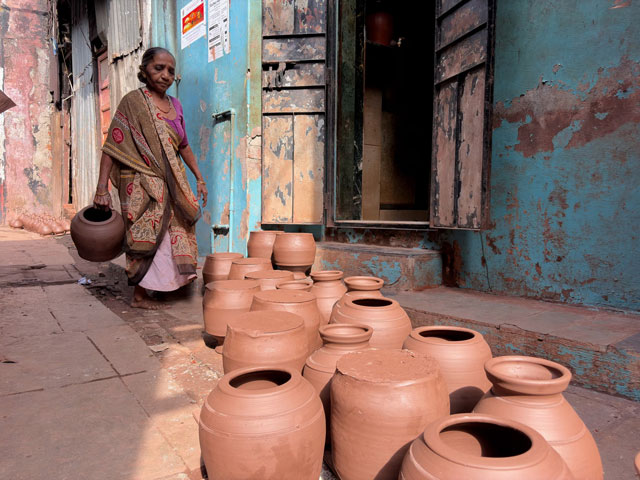Daijiworld Media Network - Mumbai
Mumbai, Nov 7: The multi-billion-dollar redevelopment project of Dharavi — one of Asia’s largest slums — has sparked growing tensions among residents, with several alleging harassment and intimidation after voicing opposition to the Adani Group-led initiative.
Mohammad Khurshid Shaikh, a leather artisan and long-time resident of Dharavi, claims he received threatening phone calls from former police and army officials, and was later summoned to the police station where he was warned to “stay quiet or face consequences.”

Shaikh is among several locals who fear the redevelopment will erase Dharavi’s unique ecosystem — a vibrant network of small-scale industries and tightly knit communities that have thrived for generations. “They want to destroy our community and silence us,” Shaikh said, calling the project a threat to both livelihood and identity.
The Maharashtra government, in partnership with Adani Group, has envisioned transforming Dharavi’s congested lanes into a modern township with luxury apartments, green spaces, and commercial complexes. While officials claim the project will uplift living standards and provide proper housing, many residents say they were not consulted and that fewer than half of the one million inhabitants qualify for new homes under current guidelines.
Residents fear displacement to the city’s outskirts, where relocation sites lack proper infrastructure. “This is not development for us,” Shaikh said. “It’s a massive real estate deal that will make it impossible for us to survive.”
Adani Group, which holds an 80% stake in the project after paying $950 million, has denied all allegations of coercion or wrongdoing. A spokesperson for the Adani-government joint venture, Navbharat Mega Developers Private Limited, stated that the survey process was conducted “fairly and transparently,” adding that “a small section with vested interests is spreading false narratives.”
Despite assurances, uncertainty looms large in Dharavi’s narrow bylanes. With demolitions expected to begin soon and no final master plan made public, residents — many of whom lack the official documents required to prove eligibility — fear losing not just their homes, but a way of life built over generations.